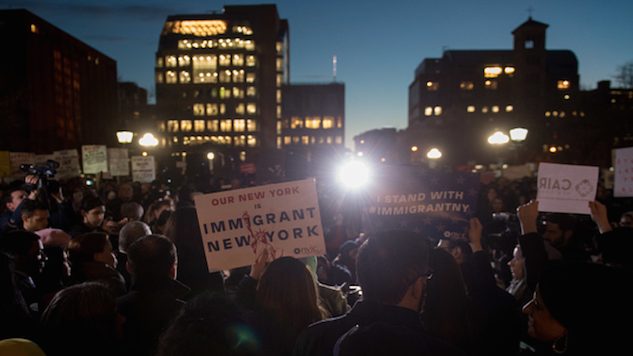Trump Proposes a Travel Ban: What It Really Means
Photo: BRYAN R. SMITH/AFP/Getty Images
U.S. President Donald Trump plans to impose an executive order which would ban travel to the United States from seven Muslim-majority nations, further restrict refugee access and to heighten visa requirements for an additional 39 nations.
The 30-day ban, attributed to “protecting the nation from terrorist attacks by foreign nationals,” would apply to most citizens of Iran, Iraq, Sudan, Syria, Libya, Somalia and Yemen, as well as non-Americans who’ve traveled to those countries at any point since March of 2011. Tacked onto that, 38 additional nations, including most of Europe, would no longer enjoy visa waivers into the U.S.. And, on top of that, the order would also stop accepting refugees for four months.
On the campaign trail, Trump made no secret about his intentions to ban Muslims from the U.S., and this order is reminiscent of that promise. Ultimately, though, the list of banned countries ignores the most populous Muslim countries like Indonesia, Bangladesh and Pakistan. Furthermore, the executive order, in its numerous references to the September 11 attacks, doesn’t refuse travel from the country most responsible for those attacks, Saudi Arabia, nor does the order implicate Afghanistan.
-

-

-

-

-

-

-

-

-

-

-

-

-

-

-

-

-

-

-

-

-

-

-

-

-

-

-

-

-

-

-

-

-

-

-

-

-

-

-

-








































